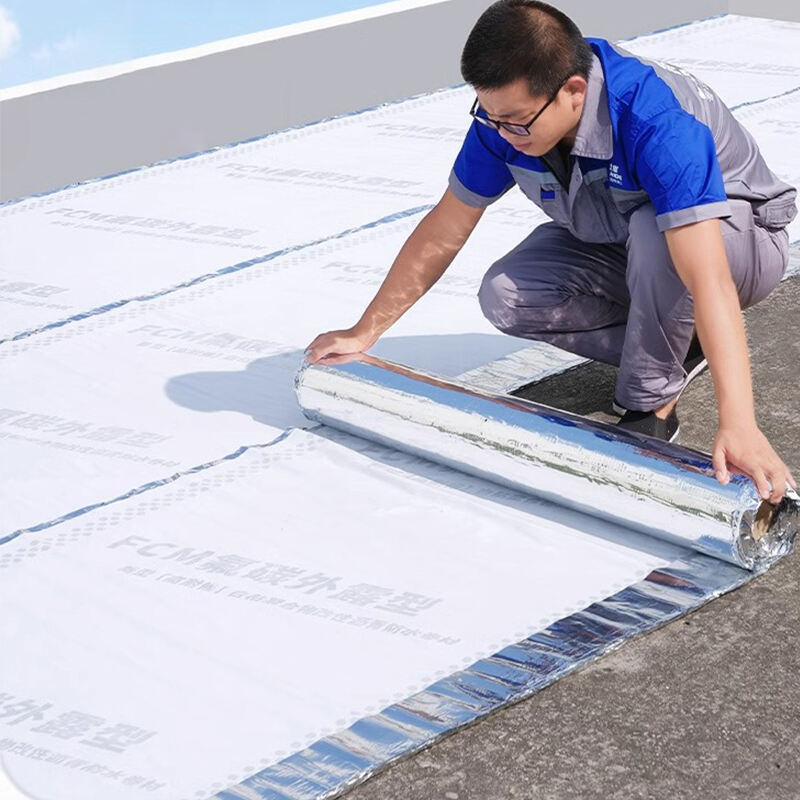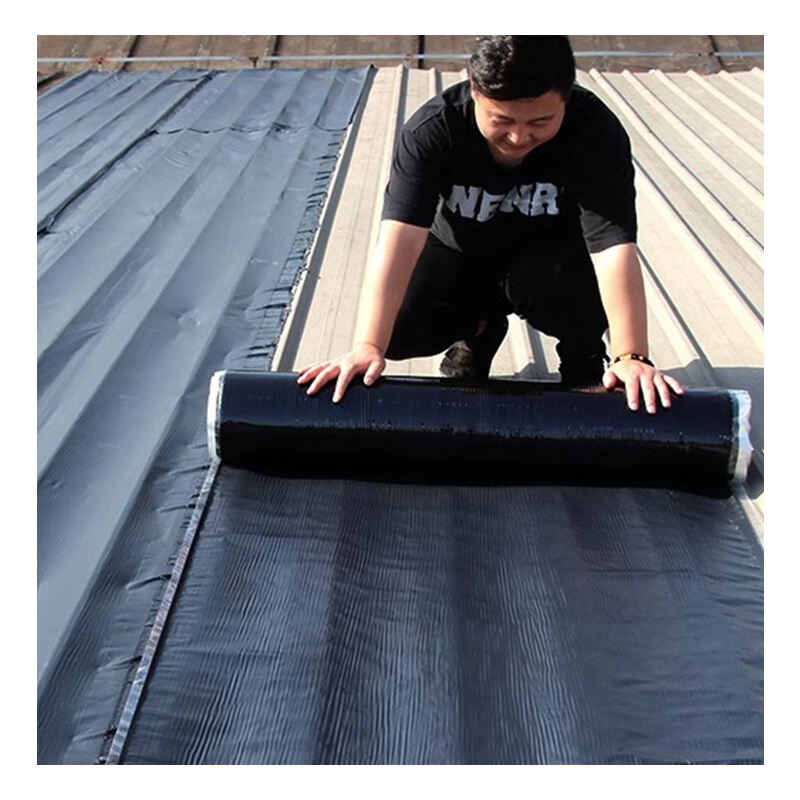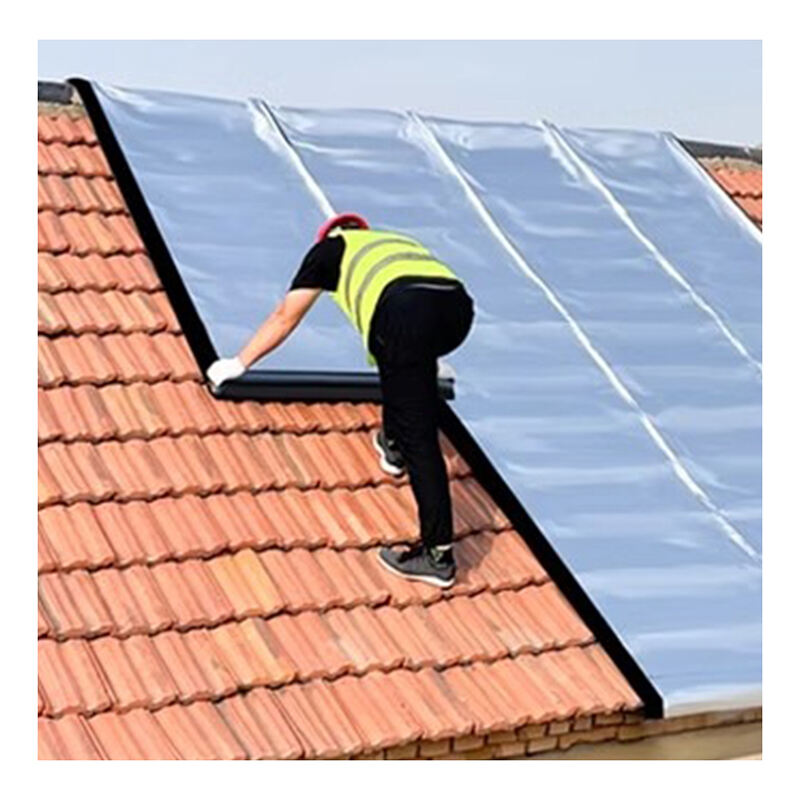interior concrete waterproofing
Interior concrete waterproofing represents a crucial solution for protecting buildings from water damage and moisture infiltration. This advanced waterproofing method involves applying specialized coatings or treatments to concrete surfaces from the inside, creating an impermeable barrier that prevents water penetration. The system works by either filling concrete pores and capillaries or creating a protective membrane that bonds with the concrete substrate. Modern interior concrete waterproofing solutions incorporate crystalline technology, which penetrates deep into the concrete structure, forming insoluble crystals that permanently seal the material. This technology remains active within the concrete, automatically sealing any future cracks that may develop. The application process typically involves surface preparation, including cleaning and repairs, followed by the systematic application of waterproofing materials using brushes, rollers, or spray equipment. These systems are particularly valuable in basement areas, underground structures, and facilities where external waterproofing is impractical or impossible. The technology has evolved to offer solutions that not only prevent water infiltration but also resist hydrostatic pressure, making it ideal for below-grade applications.


